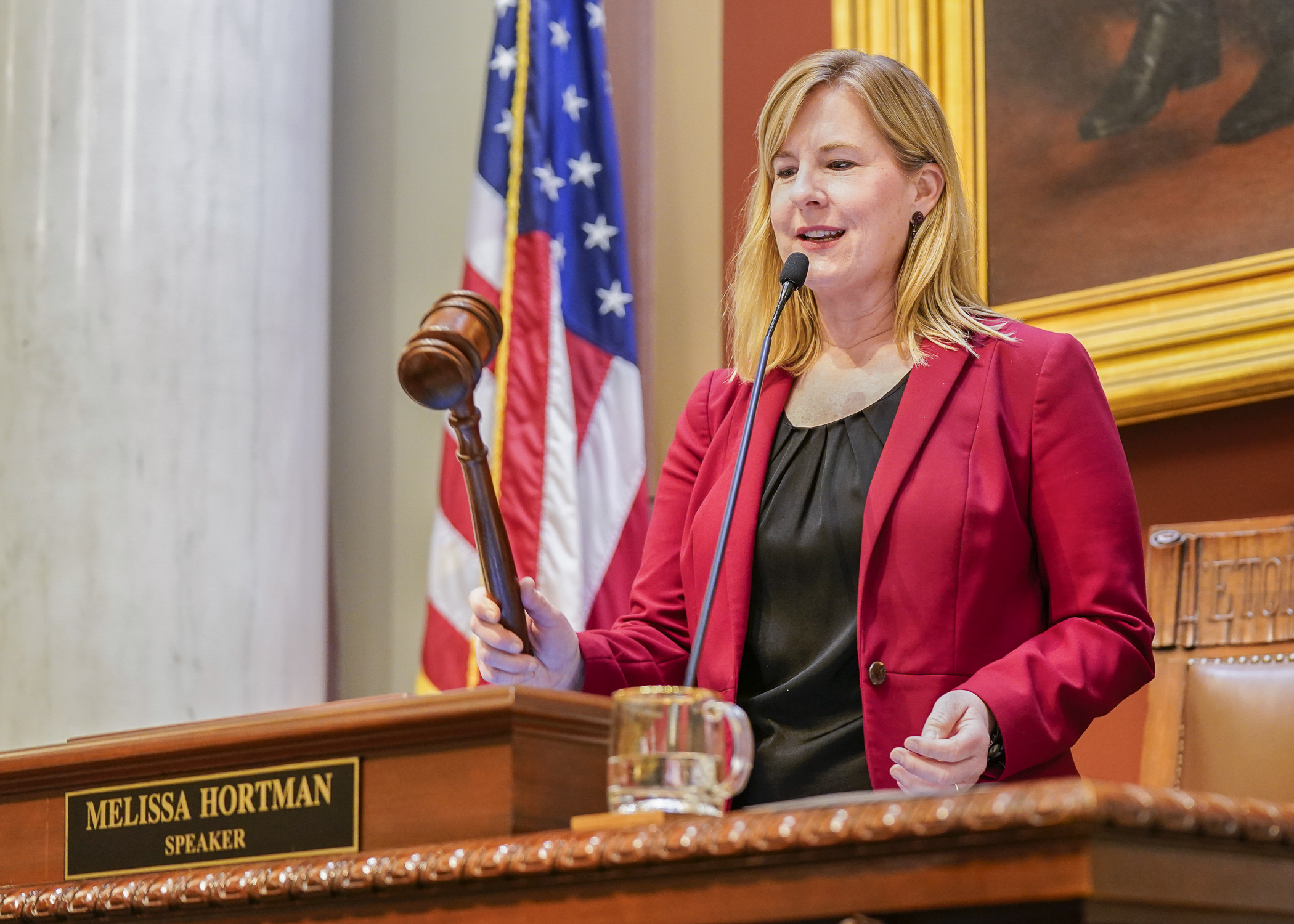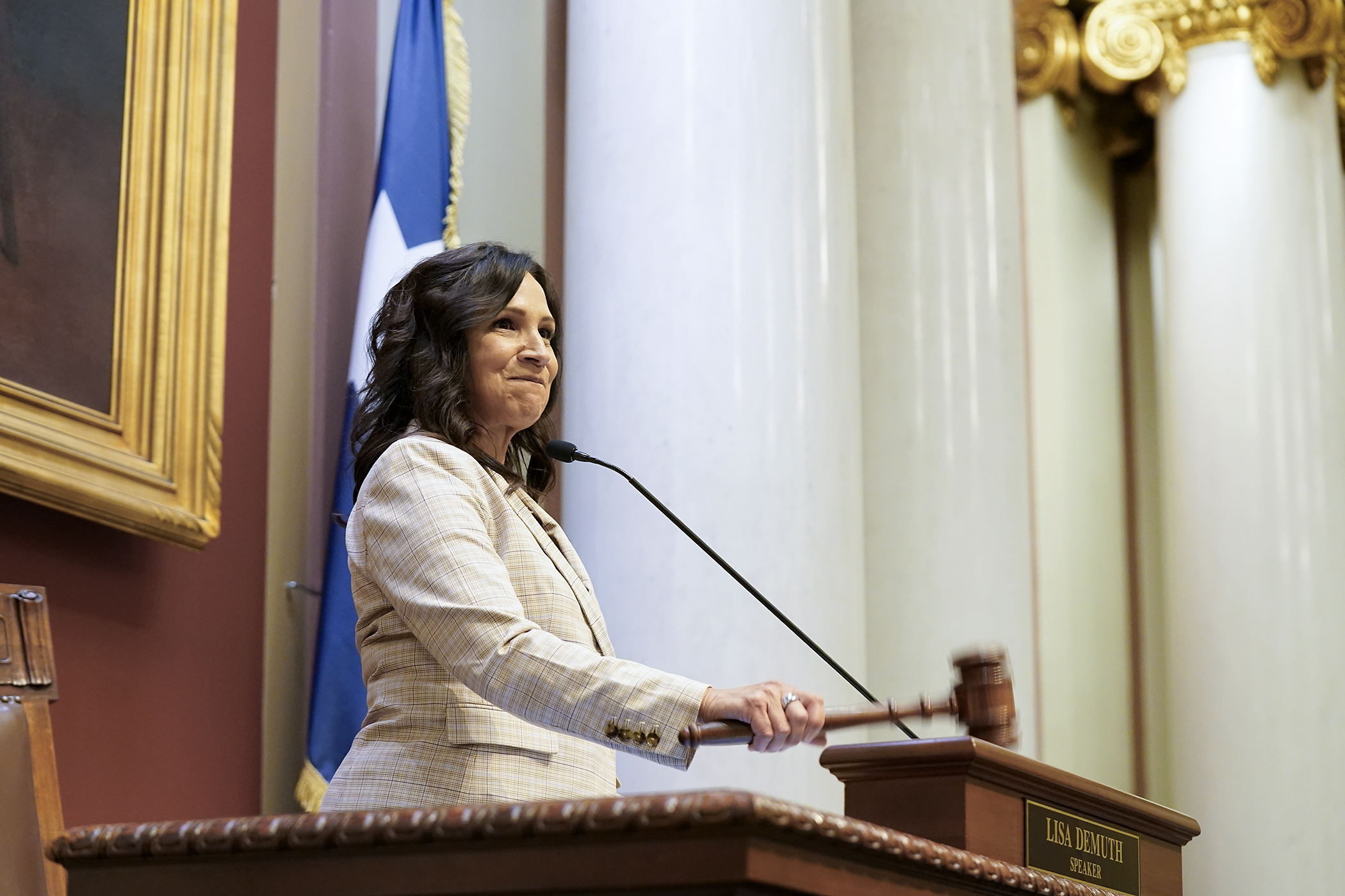State judiciary has taken ‘unprecedented steps’ to operate safely in pandemic
The Minnesota Judicial Branch has undertaken several initiatives to respond to the COVID-19 crisis, such as transitioning judges and staff to working remotely, holding hearings remotely, and developing new health and safety protocols that have allowed some cases to resume inside modified courtrooms.
State Court Administrator Jeff Shorba highlighted these and other ongoing statewide judicial projects to the House Judiciary Finance and Civil Law Committee on Tuesday, saying that equal and speedy access to justice remain a top priority for the state.
“Our focus has always been on determining how we can provide access to justice in a manner that prioritizes the health and safety of our court users and our judges and staff,” he said.
In his presentation, Shorba noted the pandemic has forced the state judicial system to take “unprecedented steps” to operate safely during the pandemic, including:
- initially halting most criminal and civil jury trials in March;
- slowly adopting Zoom and other technologies to conduct remote hearings;
- establishing technology rooms to support remote hearings;
- providing remote hearing technical assistance to court users; and
- cautiously opening courtrooms beginning in June.
Shorba noted that each step taken by the judiciary since March 2020 has been made with input from the Health Department and adjusted when necessary as the severity of the pandemic changes.
For example, Shorba said that after initially suspending in-person court activity in March, the judiciary opened up criminal jury trials in six pilot counties in June, which eventually led to opening up courtrooms in all 87 Minnesota counties by September.
However, he said a dramatic rise in COVID-19 cases in November resulted in the suspension of most in-person court proceedings and trials through Jan. 31.
The judiciary continues to hear almost all cases using remote technologies; however, Shorba said there is an exception process to allow in-person hearings.
Shorba said that in many areas, caseloads during the pandemic have mostly kept pace with pre-pandemic levels.
He noted that pre-pandemic district court caseloads were about 26,000 hearings per week statewide, and by mid-December that number was approximately 24,000 per week, almost all conducted remotely. An exception, according to Shorba, is a backlog in hearing gross misdemeanor cases, which are up 33%.
“I think through all this, we have really persevered,” Shorba said.
Related Articles
Search Session Daily
Advanced Search OptionsPriority Dailies
Speaker Emerita Melissa Hortman, husband killed in attack
By HPIS Staff House Speaker Emerita Melissa Hortman (DFL-Brooklyn Park) and her husband, Mark, were fatally shot in their home early Saturday morning.
Gov. Tim Walz announced the news dur...
House Speaker Emerita Melissa Hortman (DFL-Brooklyn Park) and her husband, Mark, were fatally shot in their home early Saturday morning.
Gov. Tim Walz announced the news dur...
Lawmakers deliver budget bills to governor's desk in one-day special session
By Mike Cook About that talk of needing all 21 hours left in a legislative day to complete a special session?
House members were more than up to the challenge Monday. Beginning at 10 a.m...
About that talk of needing all 21 hours left in a legislative day to complete a special session?
House members were more than up to the challenge Monday. Beginning at 10 a.m...